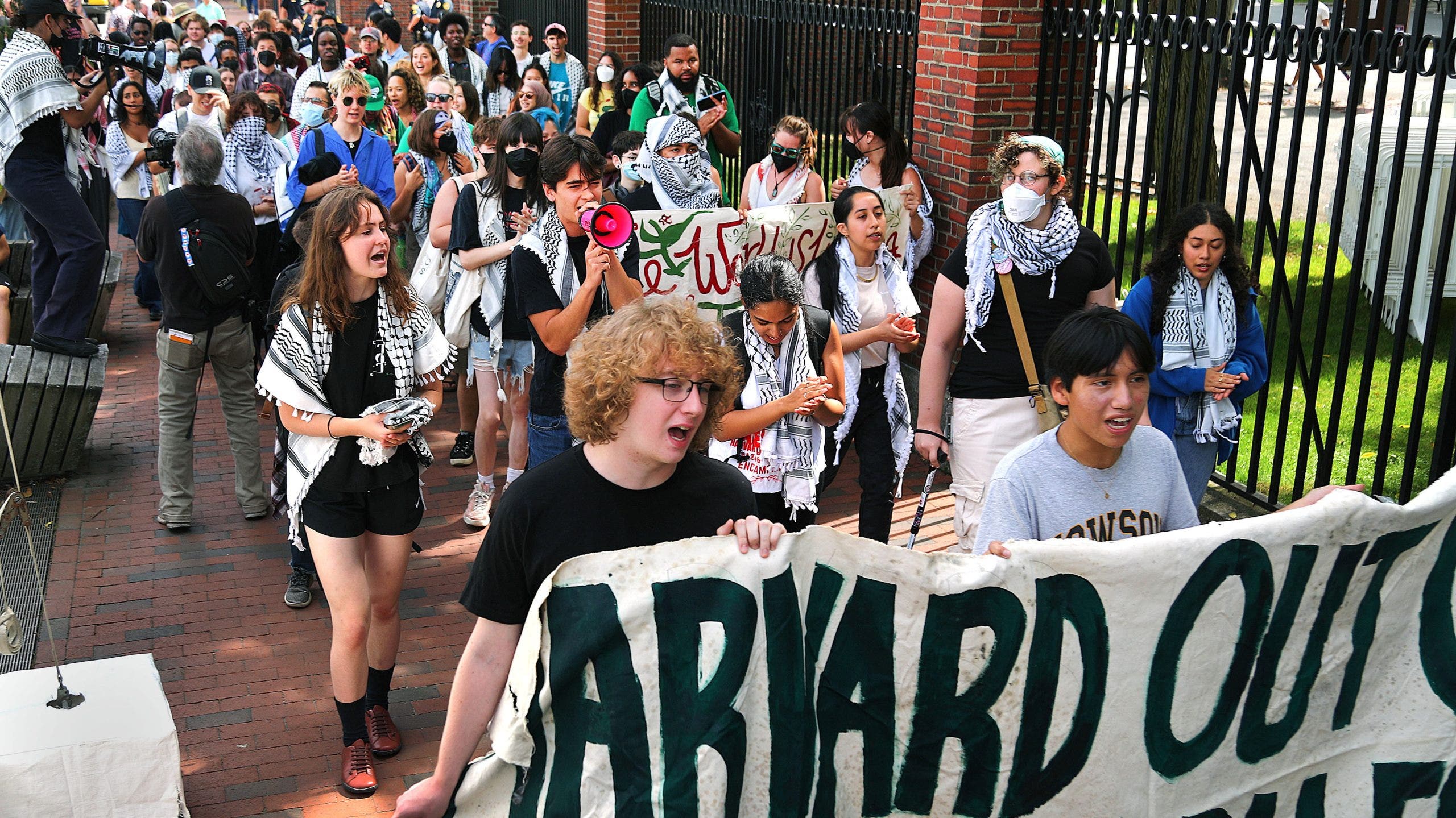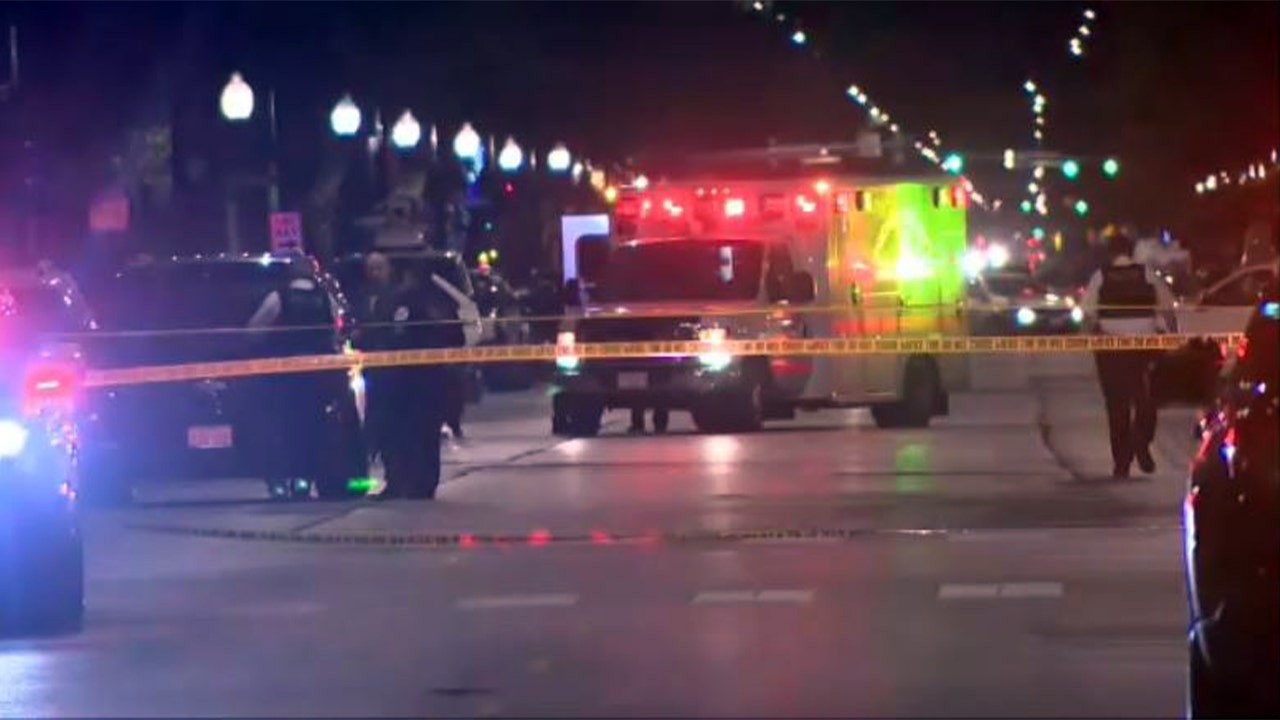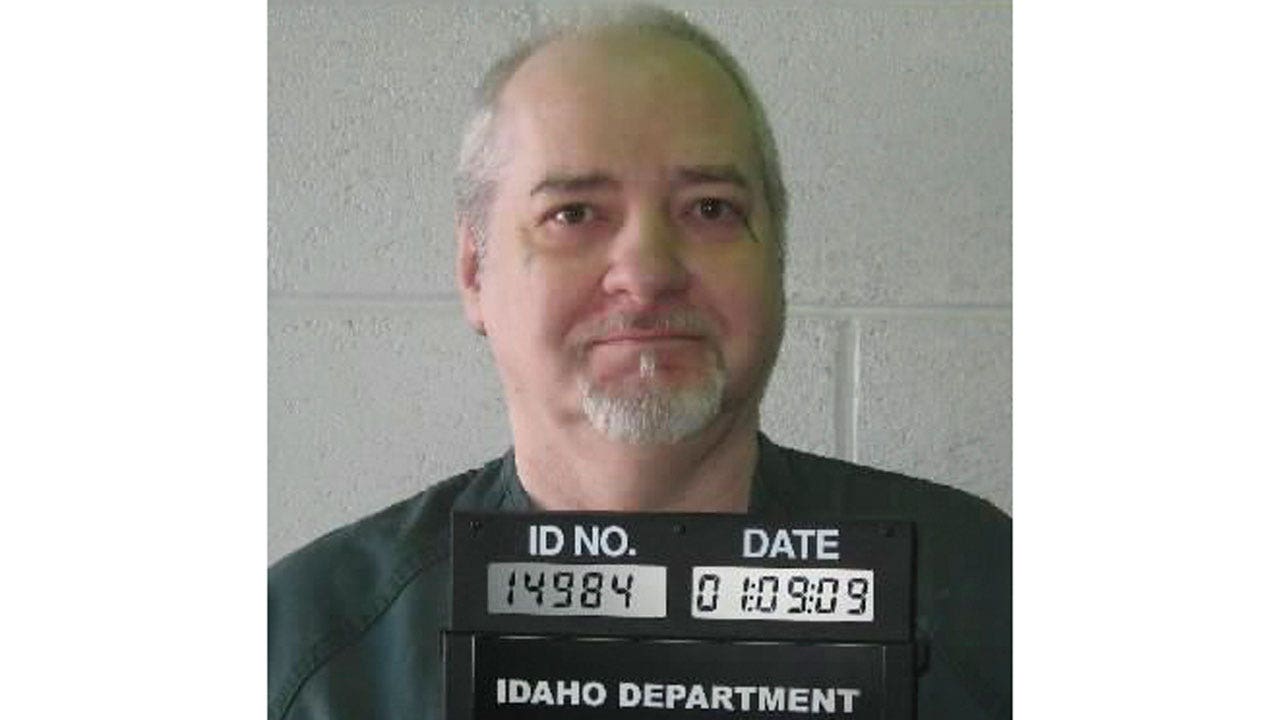When a series of atmospheric rivers battered California over the winter, the Santa Cruz region was hit particularly hard.
Twenty-foot waves crashing ashore caused some of the most stunning damage in January 2023, dragging parts of West Cliff Drive, a major coastal corridor in Santa Cruz, into the sea.
“What we thought would take 30 years to happen with climate change took two sets of storms in ’22 and ’23,” Laura Schmidt, Santa Cruz assistant city manager, said at a City Council meeting this month.
The damage to West Cliff Drive gave even more urgency to a question that every community along California’s 840-mile coastline will eventually have to grapple with: How can we adapt to rising sea levels and increasingly violent storms?
This month, Santa Cruz, which is about 75 miles south of San Francisco and home to 62,000 people, shared the beginnings of a plan with the public.
West Cliff Drive is a cherished 2.7-mile stretch of the city’s oceanfront, and it serves as a town square as much as a road. On any given day, local people can be found cycling, strolling and bird-watching on the cliff-hugging promenade overlooking gorgeous Monterey Bay.
But erosion stole one to four inches’ worth of the cliff a year from 1956 and 2018, and the rate is accelerating: Another five to 25 feet could be lost by 2075. In other words, there eventually won’t be enough room for the two traffic lanes and the adjacent walkway.
And the winter storms were a harsh reminder of that reality, causing millions of dollars in damage to West Cliff Drive. Some parts were hit so badly that they are still closed to automobile traffic.
At a City Council meeting this month, Mayor Fred Keely of Santa Cruz likened trying to save West Cliff Drive to changing a tire while the car is still moving: “We’re going to try to fix the flat tire of West Cliff without stopping the Pacific Ocean first — and, well, that’s going to be difficult to do.”
At the meeting, the Council adopted a 50-year plan for West Cliff Drive that calls for giving priority to bicycle and pedestrian access, while cutting the roadway down to one lane. But actually moving forward with parts of the plan proved to be complicated.
City officials recommended that the Council apply for a state grant to study turning the drive into a one-way road. But in the public comment portion of the meeting, residents spoke for hours, raising concerns about limiting vehicle access to the drive and about whether making it one-way would cause traffic jams elsewhere. The City Council decided to hold off on the grant application, and it was unclear when the next steps might be taken.
Gary Griggs, a professor of earth sciences who has taught at the University of California, Santa Cruz, since the 1960s, said that the conversation around West Cliff Drive reflected the realities of “living on the California coast and having developed right up to the edge.”
“Everybody thought they had more time,” Griggs told me. “I think the difficult part is now, what do we do.”
Tell us
What children’s books should we add to our California reading list? Email me at CAtoday@nytimes.com with your recommendations. Please include your full name and the city in which you live.
And before you go, some good news
Emily Keddie, a mountain runner from Oregon, set a record for the fastest known time on one of Northern California’s most famous hiking trails, the northern section of the Lost Coast Trail. The segment is a 25-mile trek through beautiful scenery that many hikers set aside three days and two nights to complete. The San Francisco Chronicle reports that Keddie covered the distance in just under five and a half hours.
Keddie told The Chronicle that she also picked up a nasty case of poison oak along the way, and encountered a large mountain lion in a moment she called “terrifying.”






